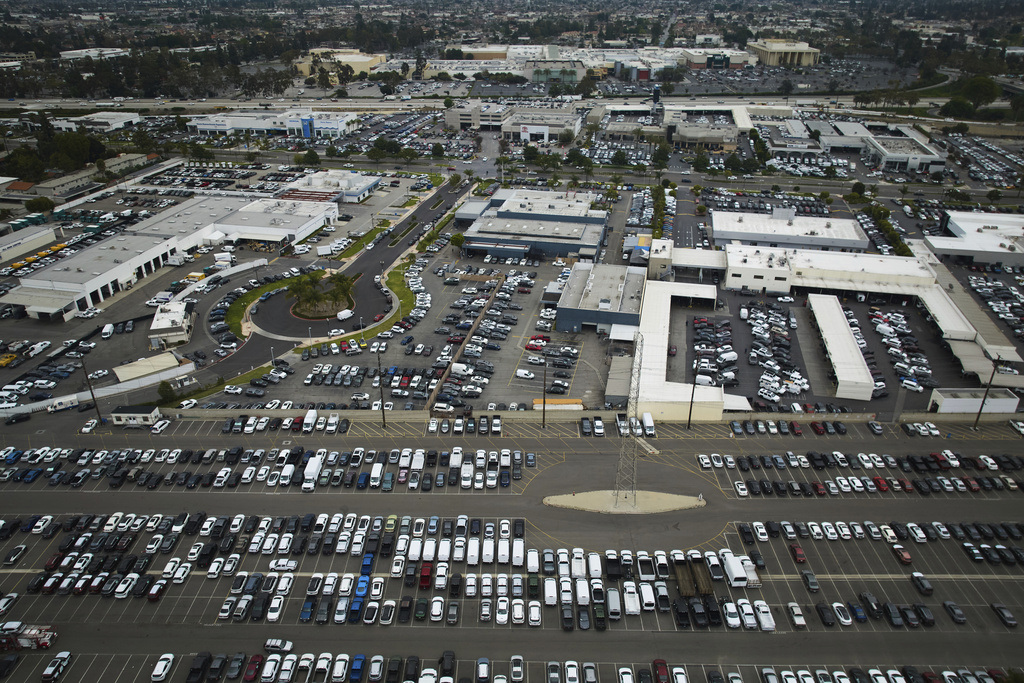Renewable energy sources have been hailed as the key to a sustainable future, promising cleaner forms of power generation while reducing our reliance on fossil fuels. However, as we transition towards a greener energy landscape, questions about grid reliability and stability have started to emerge.
According to a recent Federal grid reliability report, there are concerns that the increasing integration of renewables into the grid could lead to a
“100% increased risk of power outages”
by 2030. This warning has sparked debates and discussions across various sectors about how best to navigate this potential challenge.
One area where these concerns have been particularly pronounced is in Texas, a state known for its vast wind and solar resources. Despite being a leader in renewable energy adoption, Texas has experienced its fair share of grid-related issues, most notably during the severe winter storm in February 2021 that left millions without power.
In response to the Federal report’s findings, Texas has taken a different stance, emphasizing the need for innovative solutions rather than viewing renewables as solely responsible for grid vulnerabilities. Experts point out that improving grid infrastructure, enhancing storage capabilities, and deploying advanced technologies can help mitigate risks associated with intermittent renewable sources.
As experts delve deeper into this complex issue, one pressing question arises: How can data centers – critical hubs that support our digital world – adapt to this evolving energy landscape? Data centers are among the largest consumers of electricity globally and play a crucial role in enabling modern communications, cloud services, and digital operations.
In light of these developments, industry leaders are exploring ways to make data centers more flexible and resilient in the face of changing energy dynamics. By integrating smart energy management systems, adopting renewable energy sources onsite or through power purchase agreements (PPAs), and implementing energy-efficient practices, data centers can enhance their sustainability credentials while contributing to broader grid stability goals.
One key strategy involves embracing microgrid technology, which allows data centers to operate independently or in conjunction with the main grid based on demand fluctuations and resource availability. This approach not only enhances reliability but also offers opportunities for cost savings and reduced environmental impact.
Moreover, rethinking traditional approaches to cooling systems – which account for a significant portion of data center energy consumption – can yield substantial benefits in terms of efficiency and sustainability. Innovations such as liquid cooling solutions or free-air cooling mechanisms can help optimize operations while minimizing environmental footprint.
Against this backdrop of evolving challenges and opportunities in the clean tech space,
experts emphasize the importance of collaboration between policymakers,
industry stakeholders
and technological innovators
to develop holistic solutions that balance environmental objectives with grid stability imperatives.
By fostering an ecosystem of innovation,
creativity
and cooperation,
we can pave the way towards a more sustainable future powered by reliable
renewable energy sources.

